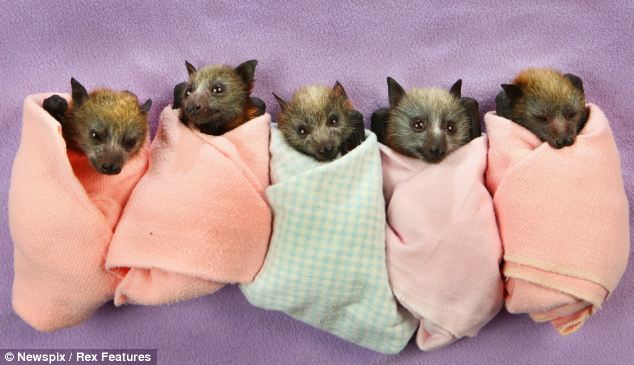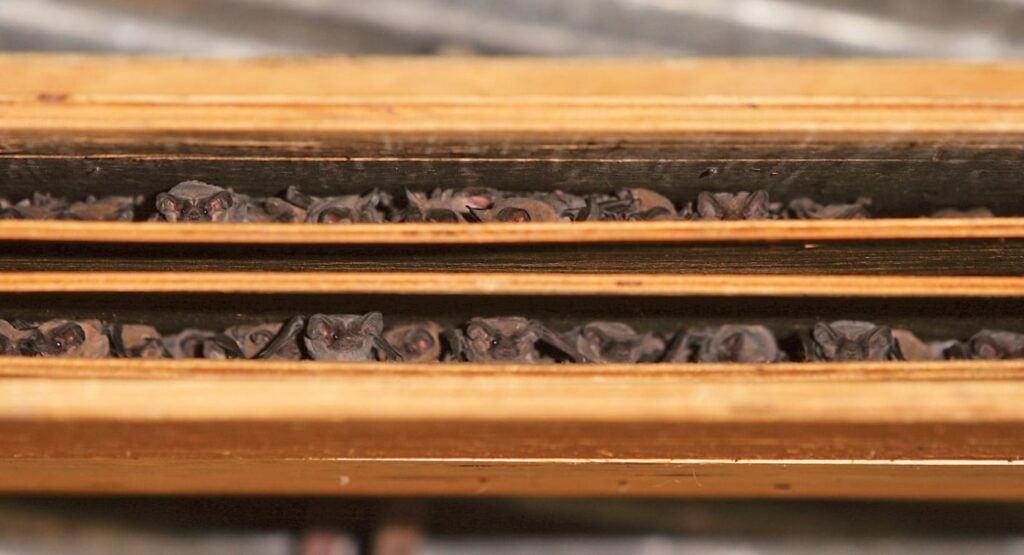May has always been my favorite month of the year for many reasons: the flowers, the warmer temperatures, the baby animals, the longer days, the world coming back to life, etc… but all of that has always paled in comparison to the real celebration of May: my birthday. Birthdays are a big deal in my family, but birthdays are an especially big deal for only children. And from the time I was little, beginning on May 1, my excitement would grow over the course of the month, and I would savor the anticipation every day until Memorial Day Weekend, thinking about the celebration to come.
This year, however, I have been so preoccupied with work and on the verge of mental burnout that every time someone asked me what I wanted for my birthday or what I wanted to do to celebrate, I couldn’t even bring myself to consider the options. One evening, early in the month, Christian and I were sitting on the back porch, and I noticed some bats darting around the airspace just above our heads. My immediate reaction was to turn to him and declare that I wanted a bat box for my birthday.
Of course, we both knew that that would mean extensive research and at least one blog post. One of the first things that I read about bat boxes is that if you don’t get them up before bats emerge in spring, they will probably remain empty for that year. The biggest result of learning that tidbit is that my deadline for making a decision has effectively been extended by several months. However, according to the Pennsylvania Game Commission, bats are most likely to move in quickly if the box was up during the previous summer, before they started hibernation in the fall.[1] Fortunately that information gives me a little time to research but also a deadline sometime within the next few months.

Image credit: [2]
Background on Bats
Bats are the only mammals that can fly, and there are over 1,100 across the planet. Nine species can be found here in Pennsylvania, six of which stay all year, hibernating in the winter. All nine of “ours” here are insect eaters and are not aggressive to humans, except in rare cases of self defense.[3] Bats are a protected species under Pennsylvania game laws, specifically when flying and hibernating, but decisions about bats in the home are often left to a homeowner’s discretion.[4]
Contrary to popular belief, bats are not particularly prone to rabies – at least no more than any other warm-blooded animals. That’s not to say you shouldn’t use caution, but there is no need to kill them. In fact, they are considered beneficial because of their massive appetite for insects, making them a “natural pesticide.” One study showed a possible $1 Billion benefit to the global corn industry because of their eating habits. Some bats can eat 1,000 insects in an hour; nursing mothers can eat up to 4,000 in a night.[5] As someone who regularly gets devoured by mosquitoes, I am always thrilled to hear little squeaks in the air above.
Bats will sometimes move into attics of homes. One of my favorite memories of early childhood was my mom taking me up to our attic to see a bat sleeping in our gable vent. That was likely my reason for dressing as a bat for Halloween when I was four. In much more recent history, I saw bats emerging from the gable vent at my current house (likely) two summers ago. I was very concerned about trapping bats inside when we got our attic weatherized last May, but according to research for this post, mother bats give birth in June, so we skirted that risk.

Image credit: [6]
Important note: killing bats is NOT recommended, even by pest control companies. They are considered to be beneficial, and their numbers are already dropping quickly, thanks to White-Nose Syndrome, a fungal infection sweeping the country.[7] Furthermore, if you kill them, more will just move in. Pest control companies use bat exclusion techniques, not poisons. Poisons will only increase risk for pets and occupants, so the realistic course of action is making sure they can’t access your attic in the first place. Finally, if you are looking to block off your attic or other places where bats live, do not do it in June or July because flightless babies will be trapped inside. Wait until after they leave in the fall and then seal up the gaps.
Bat Boxes
Having made your own attic inaccessible, bats will look for new places to nest. Instead of sending them over to your neighbors’ attics, you can do them a favor by mounting a bat box on your house. Bat boxes are among the recommended steps for helping to support bat populations in light of White-Nose Syndrome (along with planting pollinator gardens!) [8] Thankfully there are some important resources out there to help ensure that your bat box is as effective and beneficial as it can be.
Bat Conservation International (BCI) says that the most effective boxes are at least 24” tall and 16” wide, with multiple chambers, in order to maintain thermal stability. Landing pads should be roughened for traction but should NOT include fabric or mesh, as they can degrade over time and potentially trap bats.[9] It does not appear that BCI lists any vendors that sell assembled boxes or kits, but they do have plans on their website, which even include a paint color guide. (Boxes in Appalachia and the Northeast should be black or another dark color to ensure sufficient warmth inside the box.) [10]

Image credit: [11]
If you live in the suburbs like I do, mounting the box on your house is probably your best bet. If you have huge tracts of land, mounting two, back-to-back on a pole that gets sufficient sun is an option as well. The box should receive at least eight hours of direct sunlight a day so the bats can roost in their ideal temperature range of 80-100 degrees F – though they will get stressed in temperatures hotter than that.[12] The bottom of the box should be 12-20 feet above the ground or the tallest vegetation, ideally near water sources and ideally away from lights.
Unfortunately, we don’t have a place on our property that meets all of those criteria. We’re not near water, there are driveway lights on the southwest side of our house where there is enough sun and clearance underneath, and the southeast side of our house is not tall enough and blocked by trees. The Pennsylvania Game Commission and researchers at the University of Illinois both say there may be better natural options nearby, but BCI says “you should not be discouraged from installing a bat house if all conditions cannot be met.”[13] And since we had our own attic bats as recently as two years ago, I’m tempted to at least provide them with an option.
~
As of yet, I haven’t found many bat box options that meet BCI’s size criteria (except for one of the larger models from PA-based Bat Conservation and Management[14]), but the search continues. I know the last thing I need is one more project, even though I would love to build one from scratch. I imagine if I find a DIY kit, Christian and I will have to fight over who gets to assemble it. There will most certainly be more to come on this blog as the situation evolves.
Do you have a bat box? Is it inhabited? Please share details about your experience below.
Thanks for reading!
[1] https://www.pgc.pa.gov/Education/WildlifeNotesIndex/Pages/Bats.aspx
[2] https://www.dailymail.co.uk/news/article-2079354/Super-cute-bat-orphans-survived-wing-prayer.html
[3] https://www.pgc.pa.gov/Education/WildlifeNotesIndex/Pages/Bats.aspx
[4] https://extension.psu.edu/bats
[5] https://www.fs.usda.gov/Internet/FSE_DOCUMENTS/fseprd476773.pdf
[6] https://www.batcon.org/about-bats/bat-houses/
[7] https://www.whitenosesyndrome.org/
[8] https://www.whitenosesyndrome.org/static-page/how-you-can-help
[9] http://www.batcon.org/about-bats/bat-houses/
[10] https://www.batcon.org/wp-content/uploads/2020/09/4-Chamber-Nursery-House-Plans.pdf
[11] https://entertainment.ie/movies/movie-news/the-final-scene-batman-407099/
[12] https://yubanet.com/life/love-bats-think-twice-about-that-bat-box-experts-say/
[13] http://www.batcon.org/about-bats/bat-houses/
[14] https://batmanagement.com/
0 Comments